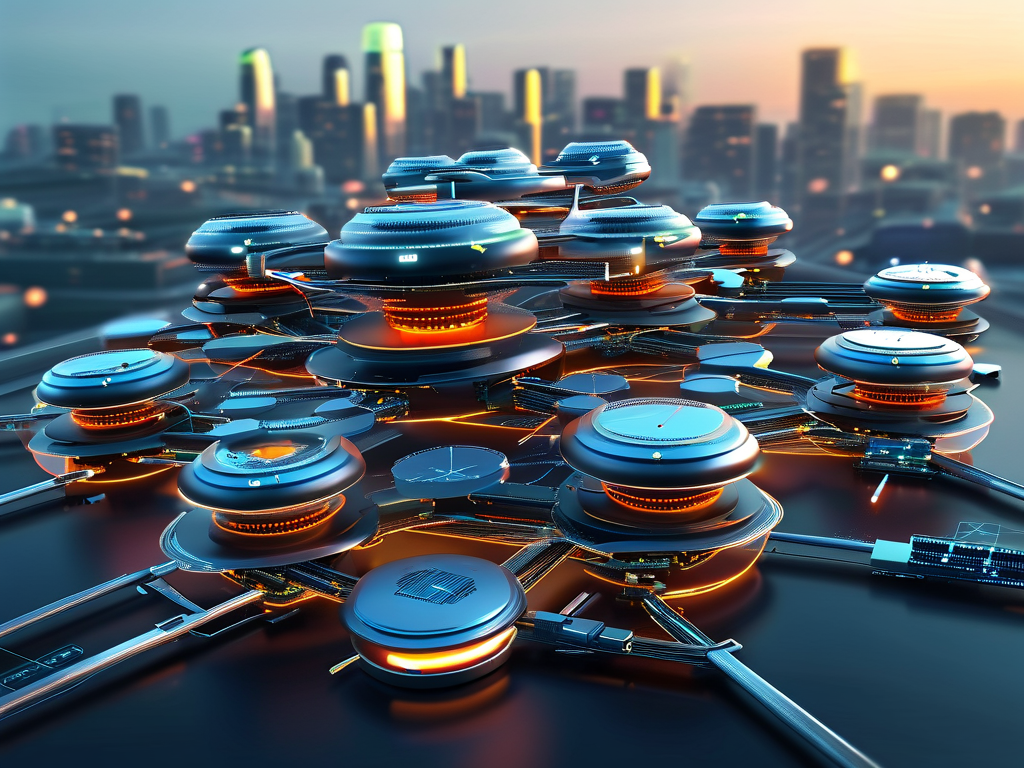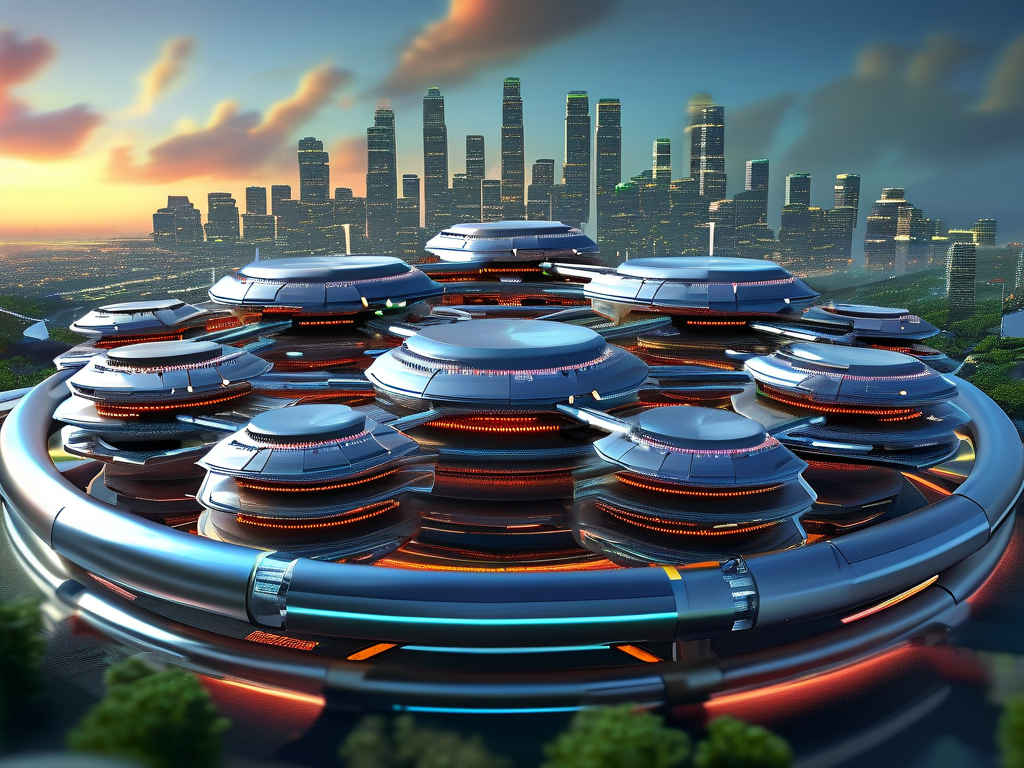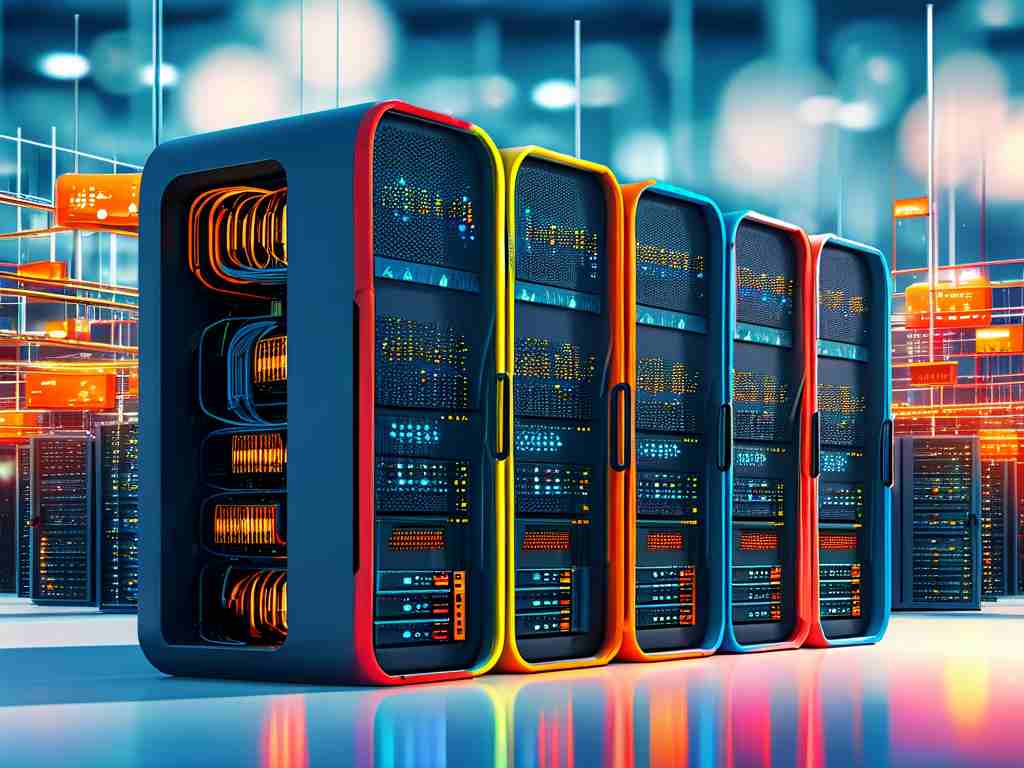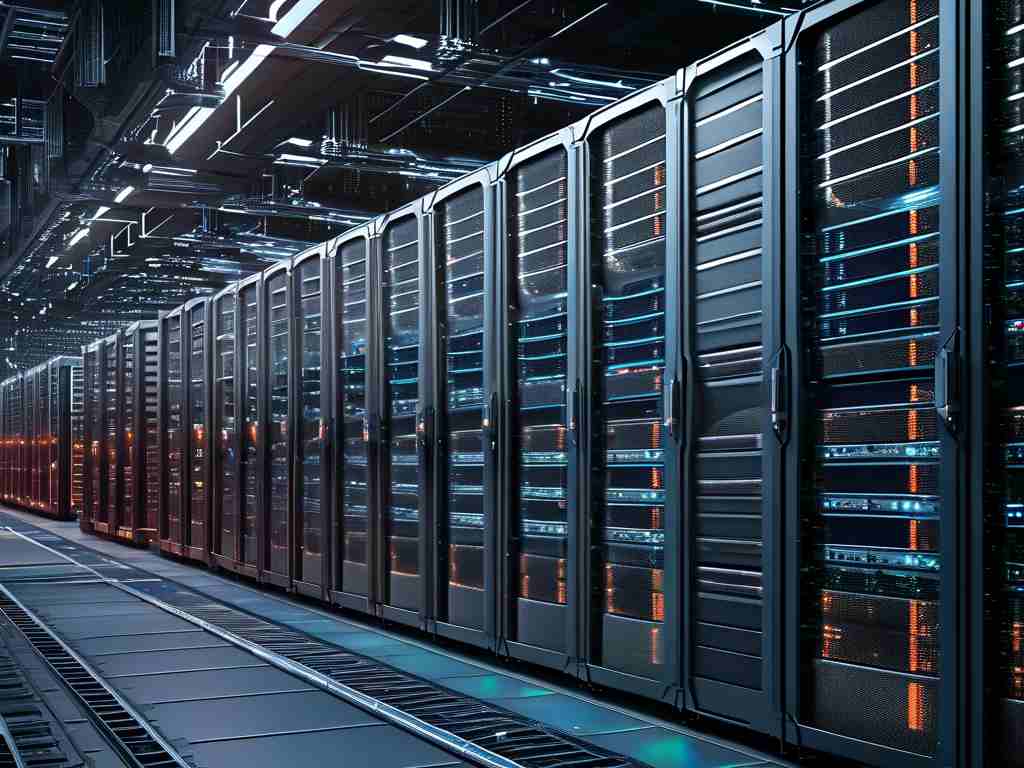The evolution of distributed systems has reached a critical juncture where reliability and continuous operation are no longer optional – they define competitive advantage. At the heart of this transformation lies advanced fault-tolerant architectures, a suite of innovative strategies reshaping how modern systems anticipate, mitigate, and recover from failures.
The New Frontier of System Resilience
Traditional fault tolerance models relied heavily on redundancy and checkpoint-recovery mechanisms. While effective for simpler infrastructures, these approaches struggle with the dynamic nature of cloud-native environments and edge computing ecosystems. Contemporary architectures now employ adaptive fault prediction engines that combine real-time telemetry with machine learning algorithms, enabling systems to preemptively reroute workloads before hardware degradation triggers service interruptions.
A prime example emerges in Kubernetes-powered orchestration frameworks. By implementing self-healing pod replication combined with topology-aware scheduling, these systems achieve 99.999% uptime even during regional cloud outages. The secret lies in multi-layered redundancy that operates at container, node, and cluster levels simultaneously – a stark contrast to legacy active-passive server setups.
Beyond Redundancy: Intelligent Failure Containment
Modern architectures now implement failure containment zones using blockchain-inspired consensus protocols. Platforms like Hyperledger Fabric demonstrate how Byzantine Fault Tolerance (BFT) mechanisms can prevent cascading failures in microservices environments. Through cryptographic validation of inter-service communication, systems can isolate compromised components within 150ms of anomaly detection – 60% faster than traditional heartbeat monitoring systems.
Code snippet illustrating a simplified BFT checkpoint:
def validate_consensus(transactions, threshold=0.75):
node_approvals = [verify_signature(tx) for tx in transactions]
return sum(node_approvals)/len(node_approvals) >= threshold
The Emergence of Chaos Engineering
Forward-thinking organizations now integrate chaos engineering principles directly into their architectural DNA. Netflix’s Simian Army concept has evolved into automated fault injection fabrics that continuously test system boundaries. Unlike conventional monitoring tools, these frameworks proactively create controlled failure scenarios while measuring recovery patterns – essentially stress-testing the fault tolerance mechanisms in production environments.

Data from 2023 industry reports reveals organizations using chaos engineering achieve 40% faster mean-time-to-recovery (MTTR) compared to peers relying solely on passive monitoring. The key differentiator lies in systems’ ability to “learn” from artificial failures, refining their response algorithms through each simulated crisis.
Quantum Leap in Error Correction
As quantum computing edges toward practicality, distributed systems are adopting quantum-inspired error correction codes. Microsoft’s Azure Quantum team recently demonstrated a 7-qubit stabilizer code implementation that reduced data corruption rates by 83% in multi-cloud storage systems. These techniques employ entanglement principles to maintain data consistency across geographically dispersed nodes – a game-changer for global financial networks and IoT sensor grids.
The Road Ahead
The next generation of fault-tolerant architectures will likely harness neuromorphic computing models that mimic biological fault recovery patterns. Early prototypes from MIT’s CSAIL lab show neural networks predicting system failures with 92% accuracy by analyzing maintenance logs and component stress patterns. As 5G networks and satellite internet expand system complexity, these biologically inspired approaches may become the cornerstone of truly autonomous distributed systems.

In , the paradigm shift in fault tolerance transcends mere technical upgrades – it represents a fundamental reimagining of system reliability philosophy. From machine learning-driven predictive maintenance to quantum-resistant error correction, these architectures aren’t just preventing failures; they’re creating systems that evolve safer operational patterns through every challenge encountered. For enterprises navigating digital transformation, adopting these advanced frameworks isn’t about keeping pace – it’s about future-proofing operations in an increasingly unpredictable technological landscape.









